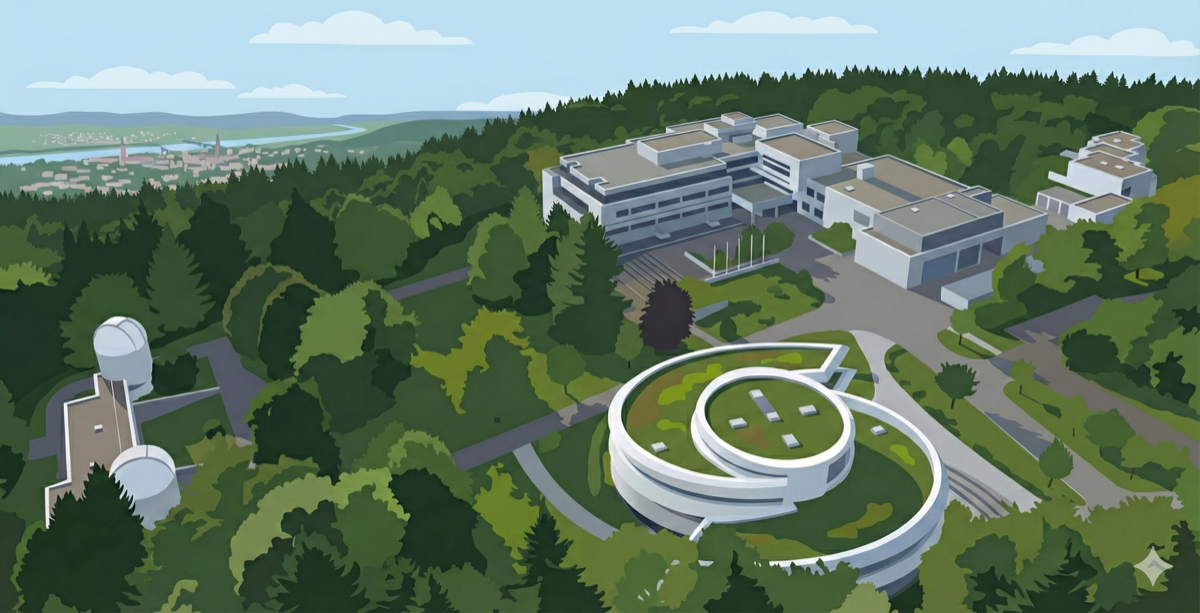Postdoc
Max Planck Institute for Astronomy, Germany
Working for the ERC Advanced Grant “Hunting Dormant Black Holes in the Galaxy with SDSS-V” (PI: HW. Rix).
WebpageAstronomer exploring massive binary stars, born in Chile and researching at MPIA in Heidelberg.

Jaime I. Villaseñor
From:

Currently:


Research focus:

How I work:

Current projects & collaborations
Curriculum Vitae
A snapshot of my research positions, education, and latest publications.
Max Planck Institute for Astronomy, Germany
Working for the ERC Advanced Grant “Hunting Dormant Black Holes in the Galaxy with SDSS-V” (PI: HW. Rix).
WebpageKU Leuven, Belgium
Working for the MULTIPLES research programme under an ERC consolidator grant (PI: H. Sana).
WebpageUniversity of Edinburgh, U.K.
“The multiplicity properties and spectral classification of B-type stars”
Prof. Dr. Chris Evans
Universidad de La Serena, Chile
“Spectral Classification of B-Type Stars Observed in the Framework of the Galactic O-Star Spectroscopic Survey”
Prof. Dr. Rodolfo Barbá
Universidad de Valparaíso, Chile
“Evolution of Compact Binaries: The Future of Post-Common-Envelope Binaries”
Prof. Dr. Matthias Schreiber